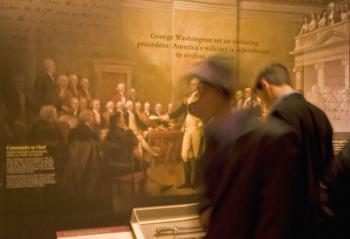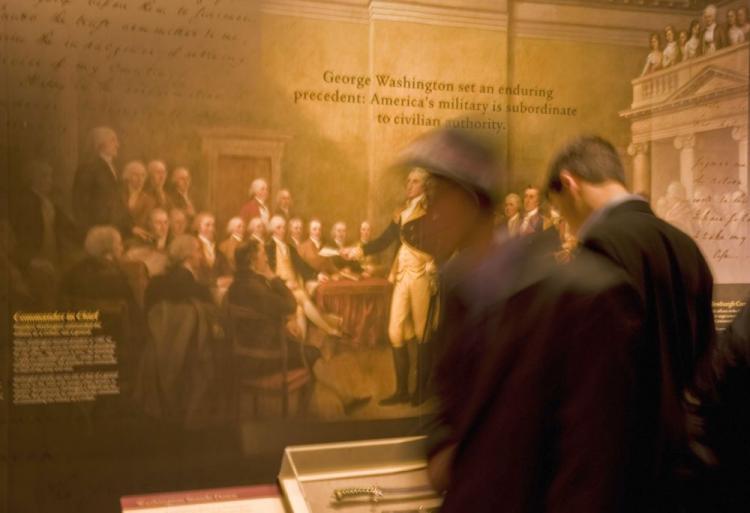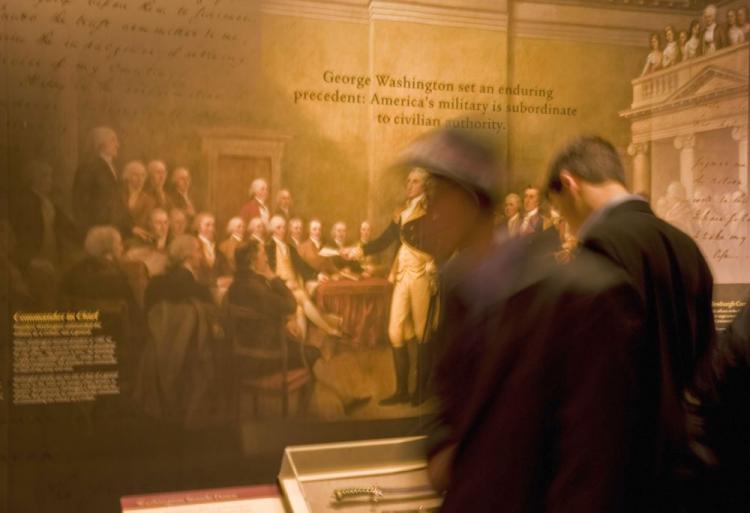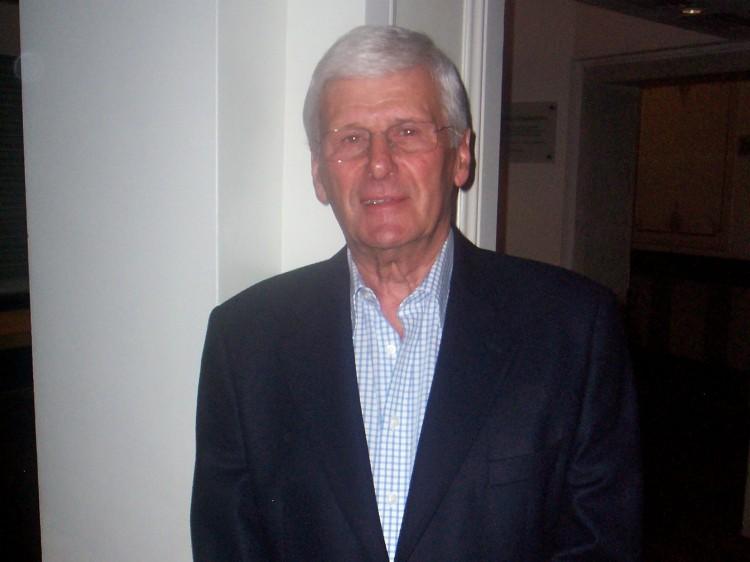Gilder Lehrman is an institute committed to preserving American history. As Mr. Jim Basker, president of the institute, explained, America has a unique history that needs to be preserved. This is the role of the Gilder Lehrman Institute. Its mission is to not only collect historical documents but also to share the documents with teachers and everybody interested.
The influence and the significance that these original documents can have is tremendous, according to Basker. For those who know how to access and work with them, they can open an enormous gate to the past. Many historical facts are well known or have been systematized into history books. There is no substitute for understanding the way people of the past thought and felt by knowing their original words.
These historical documents open a way to access the way of living, writing, feeling, and thinking of oftentimes very experienced people of the past. By learning to understand and appreciate their “values, character, and experience”, one can learn a lot about oneself and also start learning from the mistakes from the past without needing to repeat them. In an interview with the Epoch Times, Mr. Basker described the role of the Gildner Lehrman Institute. He also explained his art of making history come alive.
In a classroom on the afternoon of Friday, Feb. 19, nice weather was shining through the windows. Yet the 12-year-old students were fascinated—by history being brought to life. The students were coming to understand the background of the current John Brown exposition. The class was in the Museum of American history, a cooperation between the Gilder Lehrman Institute and the American Society of History.
“The key to understanding the people of the past is to understand that they were different.” He said that it takes committing oneself to intensively study the characters, feelings, and personal situations of certain characters in the past. It is by going into depth to recognize the commonalities between the trends, emotions and challenges of our times and those of the characters from the past.
What made him want to come to the Gilder Lehrman Institute? Basker said it was his profession as a history teacher and his compassion to bring history as close as possible to his students. To make history more visual and tangible, he just had to rely on historical documents to show his students.
The Gilder Lehrman Institute of American History was founded by the brothers Gilder and Lehrman. With their own money, they started to build a collection of historical documents. To the present day, one-third of the money to maintain, share, and expand the Gilder Lehrman collection stems from the property of the founding brothers, while two-thirds are donations.
Gilder Lehrman has also started the process of digitizing its collection of historical documents. Accomplishing this, the whole collection will be available to search through online, creating a convenient way to get original sources of history the way those people experiencing them wrote about them.
The influence and the significance that these original documents can have is tremendous, according to Basker. For those who know how to access and work with them, they can open an enormous gate to the past. Many historical facts are well known or have been systematized into history books. There is no substitute for understanding the way people of the past thought and felt by knowing their original words.
These historical documents open a way to access the way of living, writing, feeling, and thinking of oftentimes very experienced people of the past. By learning to understand and appreciate their “values, character, and experience”, one can learn a lot about oneself and also start learning from the mistakes from the past without needing to repeat them. In an interview with the Epoch Times, Mr. Basker described the role of the Gildner Lehrman Institute. He also explained his art of making history come alive.
In a classroom on the afternoon of Friday, Feb. 19, nice weather was shining through the windows. Yet the 12-year-old students were fascinated—by history being brought to life. The students were coming to understand the background of the current John Brown exposition. The class was in the Museum of American history, a cooperation between the Gilder Lehrman Institute and the American Society of History.
“The key to understanding the people of the past is to understand that they were different.” He said that it takes committing oneself to intensively study the characters, feelings, and personal situations of certain characters in the past. It is by going into depth to recognize the commonalities between the trends, emotions and challenges of our times and those of the characters from the past.
What made him want to come to the Gilder Lehrman Institute? Basker said it was his profession as a history teacher and his compassion to bring history as close as possible to his students. To make history more visual and tangible, he just had to rely on historical documents to show his students.
The Gilder Lehrman Institute of American History was founded by the brothers Gilder and Lehrman. With their own money, they started to build a collection of historical documents. To the present day, one-third of the money to maintain, share, and expand the Gilder Lehrman collection stems from the property of the founding brothers, while two-thirds are donations.
Gilder Lehrman has also started the process of digitizing its collection of historical documents. Accomplishing this, the whole collection will be available to search through online, creating a convenient way to get original sources of history the way those people experiencing them wrote about them.






